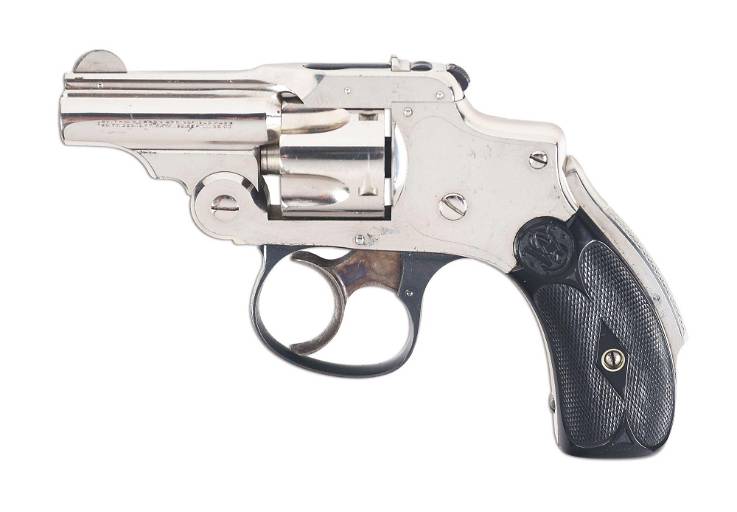I love it when guns get nicknames, not individual nicknames but nicknames that are widely accepted for a firearm. Imagine you run a major firearms marketing department, and the industry decides that the name you spent hundreds of hours on and tested extensively isn’t good enough. Admittedly, I doubt marketing departments were that big in the later 1800s when the S&W New Departure came to be, but it achieved a very memorable nickname. The New Departure is also known as the Lemon Squeezer, and it’s an important part of concealed carry history.
The Lemon Squeezers were double-action revolvers that were produced from 1887 to 1940. These guns had an impressive lifespan and served a variety of folks for self-defense needs. The name New Departure reflected their change and evolution from the world of great big single-action revolvers to more compact centerfire options. Smith and Wesson had gotten a bit ahead of the pack with small revolvers. They produced the Model 1, the Model 1.5, and Model 2 revolvers that were micro-sized and easy to carry. The Lemon Squeezer became an extremely influential revolver that is known to this day.
Breaking Down The Lemon Squeezer
The Lemon Squeezer gets its name from the safety that’s integrated into the back of the revolver’s grip. This grip safety had to be depressed to allow the weapon to fire. The grip design with the grip safety was said to resemble a lemon squeezer. Google it if you’ve never seen one. Thus, the nickname stuck.
The Lemon Squeezer, or New Departure, was built to be a compact revolver. The little gun had a compact frame and featured a barrel that was typically two, three, or three-and-a-half-inches long. There were some six-inch barrels, but these were rarer guns.
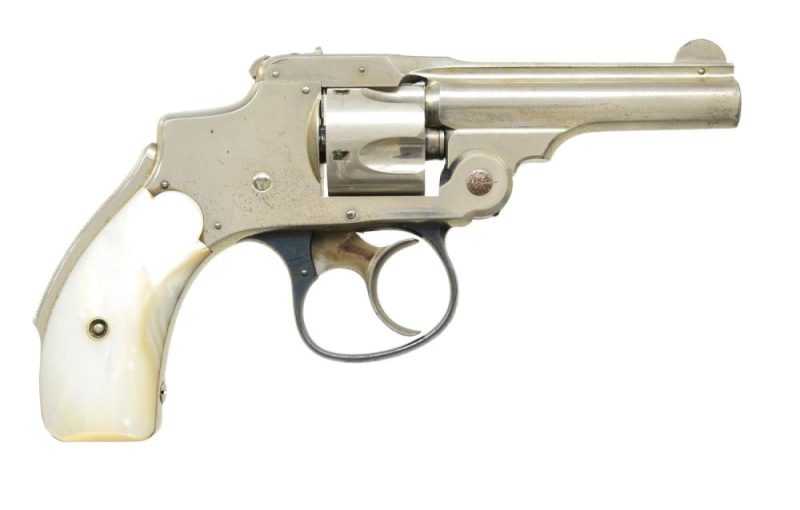
The guns were designed to be easily concealed and chambered either the .38 S&W cartridge or the .32 S&W. These cartridges are both fairly anemic but offered very low recoil and easy control. This was the early era of metallic cartridges so they were still working on not blowing up guns, cartridges and cylinders.
S&W designed the gun with a concealed hammer that’s fully enclosed. This prevents snags, and the gun was designed to be carried in the pockets of the era. Unlike most modern revolvers, these guns were top-break designs. The guns hinged open at the front, and an ejector pushed the cartridges outward as the gun was broken open. Top-break guns allowed for swift reloads.
Top break guns are inherently weaker than solid frame guns. However, the anemic calibers mean that wouldn’t be a problem.
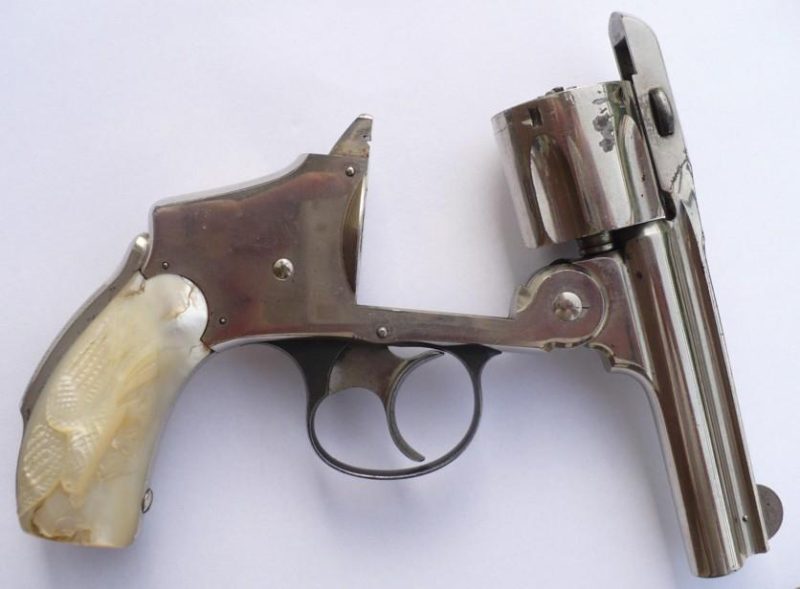
Overall, these guns were some of the most modern concealed-carry revolvers of their day. Especially in 1887 and even going into 1940, they weren’t a bad choice outside of their somewhat anemic caliber. Production ended for that reason and because hand ejectors were becoming the new standard.
The Lasting Influence of the New Departure
The Lemon Squeezer remained at rest for twelve years, and in 1952, S&W unleashed the successor to the New Departure. S&W called it the Centennial, and it was their first J Frame design. The Lemon Squeezer directly influenced the J Frame, which helped inspire the modern concealed carry revolver.
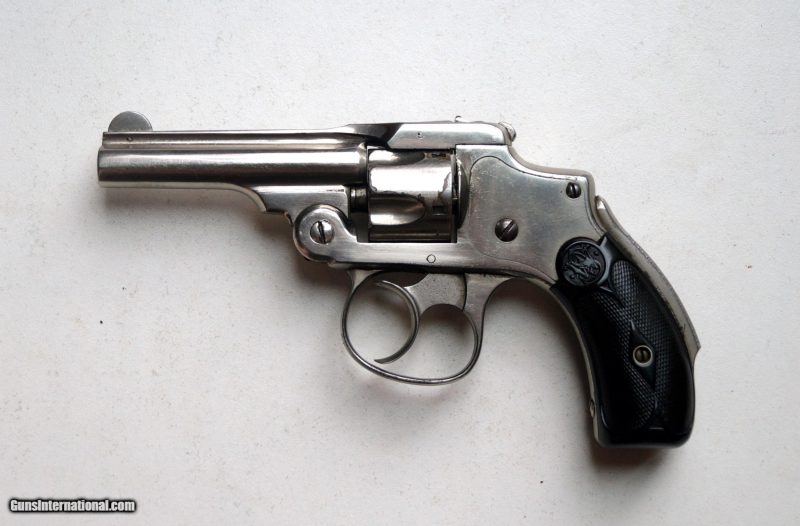
The earlier Centennial models even featured the grip safety of the older Smith and Wesson revolvers. These days, the grip safety is no longer needed, and most people see it as superfluous when the gun comes with a long, heavy double-action trigger. These modern J frames are hand ejectors but retain the five-shot cylinder.
Of course, we’ve developed better metallurgy and better manufacturing techniques, so we aren’t stuck with anemic calibers like .32 S&W and .38 S&W. These days, these micro-sized J-frames can handle hard-hitting calibers like the .357 Magnum. The old Lemon Squeezer lasted a long time, but it’s influence lasted even longer. To this day, the gun continues to help influence concealed carry revolvers.
ABOUT THE AUTHOR:
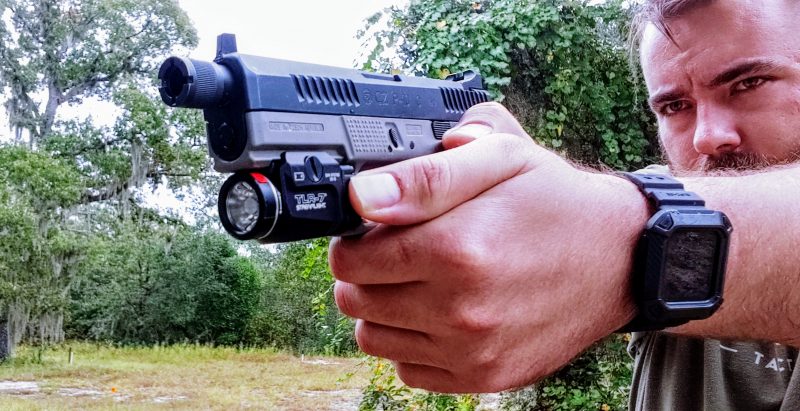
Travis Pike is a former Marine Machine gunner who served with 2nd Bn 2nd Marines for 5 years. He deployed in 2009 to Afghanistan and again in 2011 with the 22nd MEU(SOC) during a record-setting 11 months at sea. Travis has trained with the Romanian Army, the Spanish Marines, the Emirate Marines, and the Afghan National Army.
He serves as an NRA-certified pistol instructor and pursues a variety of firearms-based hobbies.
![]()
You may also enjoy these popular articles:




©MTC Holsters, LLC and CrossBreed Holsters Blog, 2024.
Unauthorized use and/or duplication of this material without express and written permission from this site’s author and/or owner is strictly prohibited. Excerpts and links may be used, provided that full and clear credit is given to Travis Pike and the CrossBreed Blog with appropriate and specific direction to the original content.

